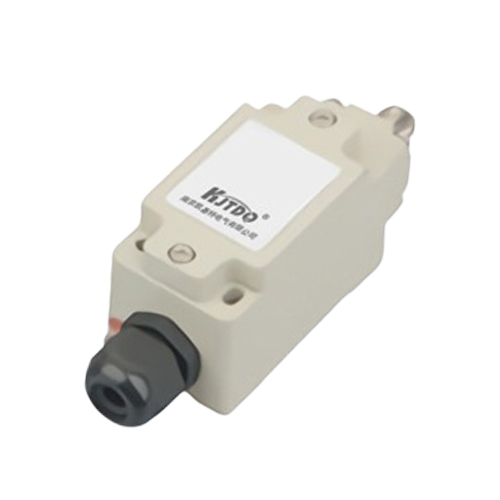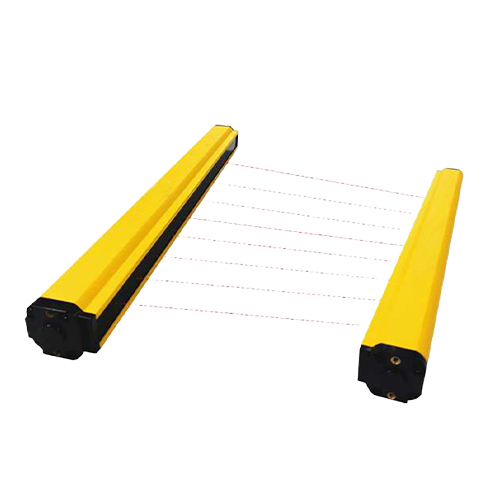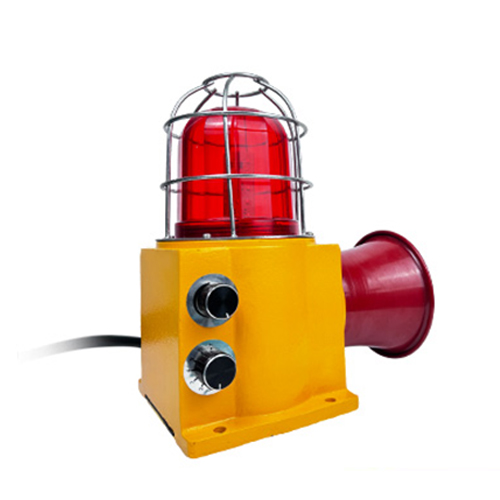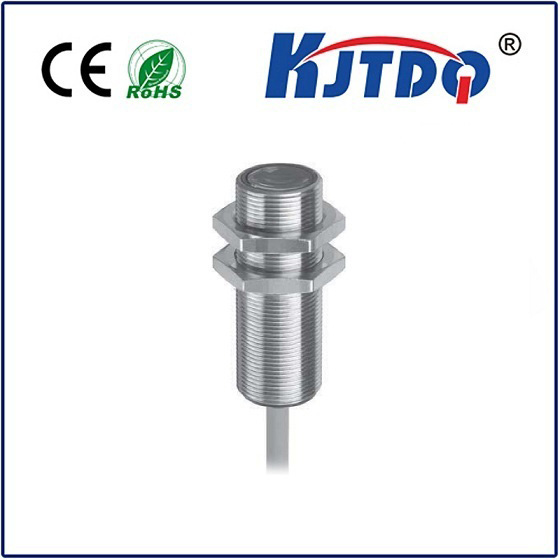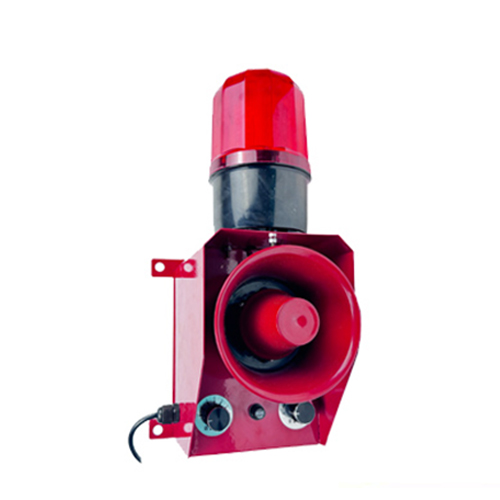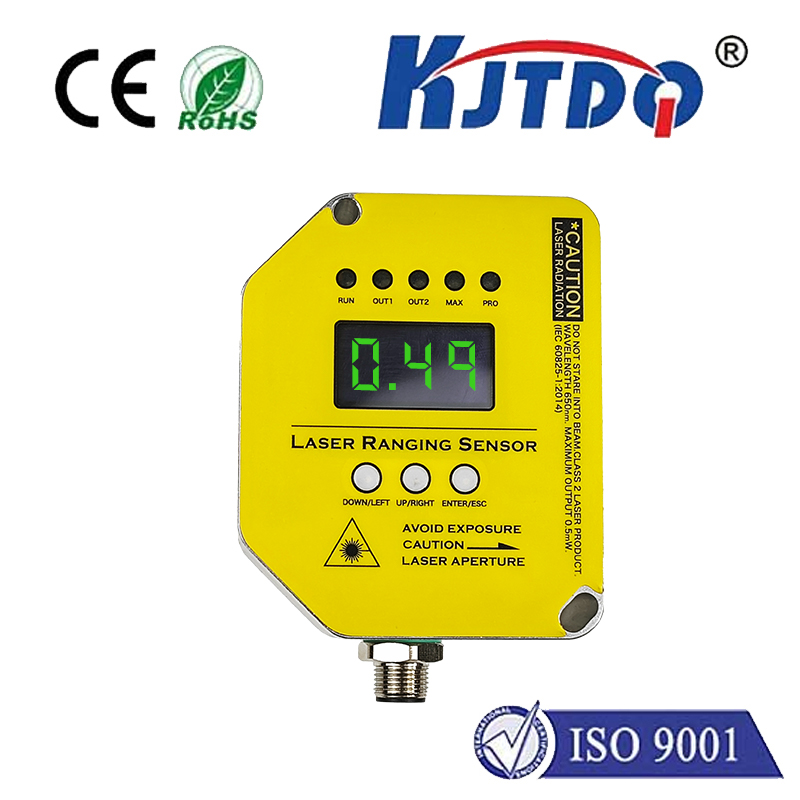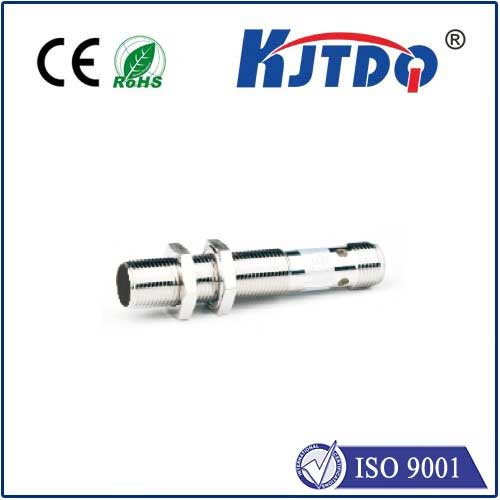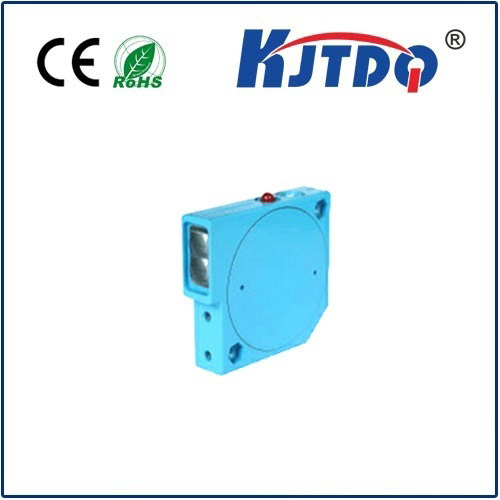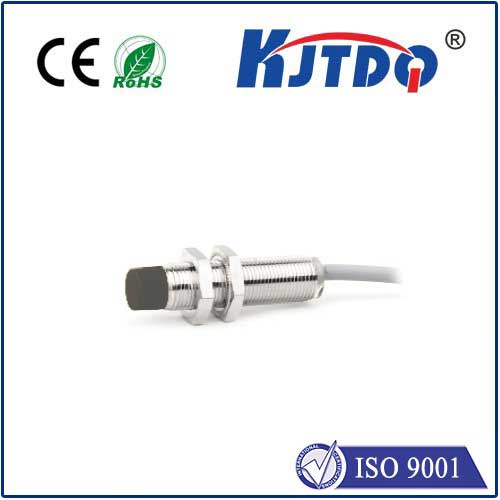m12 proximity sensor
- time:2025-09-05 14:44:42
- Нажмите:0
M12 Proximity Sensors: Your Compact Solution for Reliable Industrial Sensing
Imagine a factory humming with activity. Machines whir, arms move with precision, and components glide along lines. What keeps this intricate dance safe and efficient? Often, it’s unseen sentinels – sensors – acting as the eyes and ears of automation. Among these crucial components, the M12 proximity sensor stands out as a remarkably versatile and widely trusted performer. Its compact size, standardized design, and dependable detection capabilities make it an indispensable tool across countless industrial applications.
But what exactly is an M12 proximity sensor? At its core, it’s a non-contact switch designed to detect the presence or absence of a metallic or non-metallic object within a specified range – its sensing distance. Unlike mechanical switches, there’s no physical contact required, leading to significantly reduced wear and tear. The “M12” designation specifically refers to the sensor’s standardized cylindrical housing with a 12-millimeter diameter threaded barrel. This compact form factor is a key advantage, allowing installation in tight spaces where larger sensors simply won’t fit. The threaded design enables easy, secure mounting and adjustment.
Understanding how these sensors work unlocks their potential. The two most common types found in M12 format are:
- Inductive Proximity Sensors: These are the true workhorses for detecting metallic targets. They generate an electromagnetic field from a coil located within the sensing face. When a ferrous (iron-based) or non-ferrous (like aluminum, brass, copper) metal object enters this field, it induces tiny circulating currents called eddy currents within the target. This interaction changes the characteristics of the sensor’s internal electromagnetic field. The sensor’s electronics detect this change and trigger a solid-state output signal. Crucially, inductive sensors do not detect non-metallic materials like plastic, wood, or liquids.
- Capacitive Proximity Sensors: Offering broader versatility, capacitive sensors detect both metallic and non-metallic objects, including solids, powders, and liquids. They work by generating an electrostatic field. Any object entering this field alters the sensor’s inherent capacitance. This change is detected by the internal circuitry, prompting an output state change. Factors like the material’s dielectric constant significantly influence the sensing distance.
Why Choose an M12 Proximity Sensor? The Advantages Speak Volumes

The popularity of the M12 threaded proximity sensor in industrial environments is no accident. Its design delivers tangible benefits:
- Standardization & Interchangeability: The M12 form factor is a globally recognized standard. This means sensors from different manufacturers are physically interchangeable, simplifying sourcing, inventory management, and replacements. You’re not locked into a single supplier.
- Compact Design: The 12mm diameter makes these sensors ideal for installations where space is at a premium – cramped machinery, robotic arms, intricate jigs, or densely packed control panels. Their small footprint allows for deployment where larger sensors simply wouldn’t fit.
- Прочная структура: Engineered for harsh industrial settings, M12 proximity sensors typically boast robust housings (often nickel-plated brass or stainless steel) offering excellent resistance to vibration, shock, dust, moisture, and chemicals. Many achieve high Ingress Protection (IP) ratings (like IP67 or IP69K), making them suitable for washdown environments or applications exposed to oils and coolants.
- Reliable Non-Contact Operation: Eliminating mechanical contact prevents wear and tear inherent in limit switches, leading to dramatically longer operational lifespans and reduced maintenance.
- Fast Switching Speed: Proximity sensors react incredibly quickly to object detection, making them perfect for high-speed counting, positioning, and automation tasks where milliseconds matter.
- Variety of Options: M12 proximity sensors come in diverse flavors: shielded (flush-mountable) or unshielded (offering longer sensing ranges), different sensing ranges, various output types (NPN/PNP transistor outputs, NO/NC configurations), and connector styles (cable or connector variants).
- Easy Installation: The threaded barrel allows for straightforward mounting using nuts, often providing some adjustment capability. Pre-wired cables or quick-disconnect M12 connectors simplify wiring.
Where Do M12 Proximity Sensors Shine? Key Applications
The compact power and reliability of M12 proximity sensors make them ubiquitous across automation:
- Object Detection & Presence Sensing: Verifying if a part is present on a conveyor, pallet in position, door open/closed, or component seated correctly in a fixture.
- Position Sensing & End-of-Travel Detection: Determining the precise position of machine slides, cylinders (piston position), actuators, or confirming a robotic arm has reached its home position.
- High-Speed Counting: Accurately counting bottles, cans, packages, or other items moving rapidly on production lines.
- Level Detection: Capacitive M12 sensors excel at monitoring levels of liquids, granules, or powders in tanks, bins, or hoppers (though factors like container material and foam require consideration).
- Machine Safety: Playing roles in safety interlocks (e.g., confirming guards are closed before machine start).
- Fill Control: Signaling when a container is full in packaging or filling operations.
- Material Handling Systems: Tracking pallets, detecting package jams, or confirming part transfer completion.
- Robotics: Providing positional feedback and object detection for robotic arms and automated guided vehicles (AGVs).
Selecting the Right M12 Proximity Sensor: Key Considerations
Choosing the optimal sensor ensures reliable performance. Ask these questions:
- Material Being Detected? Metal? Choose inductive. Non-metal (plastic, wood, liquid, granular)? Choose capacitive. If both, capacitive offers flexibility, though inductive might be more precise for metals.
- Required Sensing Distance? What is the maximum air gap needed between the sensor face and the target? Inductive sensors have shorter ranges than capacitive for similar sizes. Always consult the sensor datasheet for the effective sensing range (Sn) for your specific target material.
- Mounting Constraints? Limited space? A shielded (flush mountable) inductive sensor can be installed flush in metal. Need a longer range? An unshielded inductive sensor is required. Consider the required thread length.
- Environmental Conditions? Exposure to water, dust, chemicals, extreme temperatures, or washdown pressures? Verify the sensor’s IP rating and housing material compatibility.
- Electrical Requirements? What is the available supply voltage (typically 10-30V DC)? Does the control system require a PNP (sourcing) or NPN (sinking) output? Normally Open (NO) or Normally Closed (NC) switching logic?
- Output Type? Standard 3-wire DC output is most common. Some specialized sensors might offer analog outputs or IO-Link communication for enhanced diagnostics and parameterization.
- Connection Type? Pre-wired cable (specify length) or M12 connector? If connector, ensure the mating connector type is available/correct.
Unlocking Peak Performance: Installation Insights
For optimal results:
- Ensure the sensor is correctly mounted and secured; loose mounting can cause unreliable operation.
- Maintain the specified sensing distance relative to the target material. Factor in tolerances.
*

